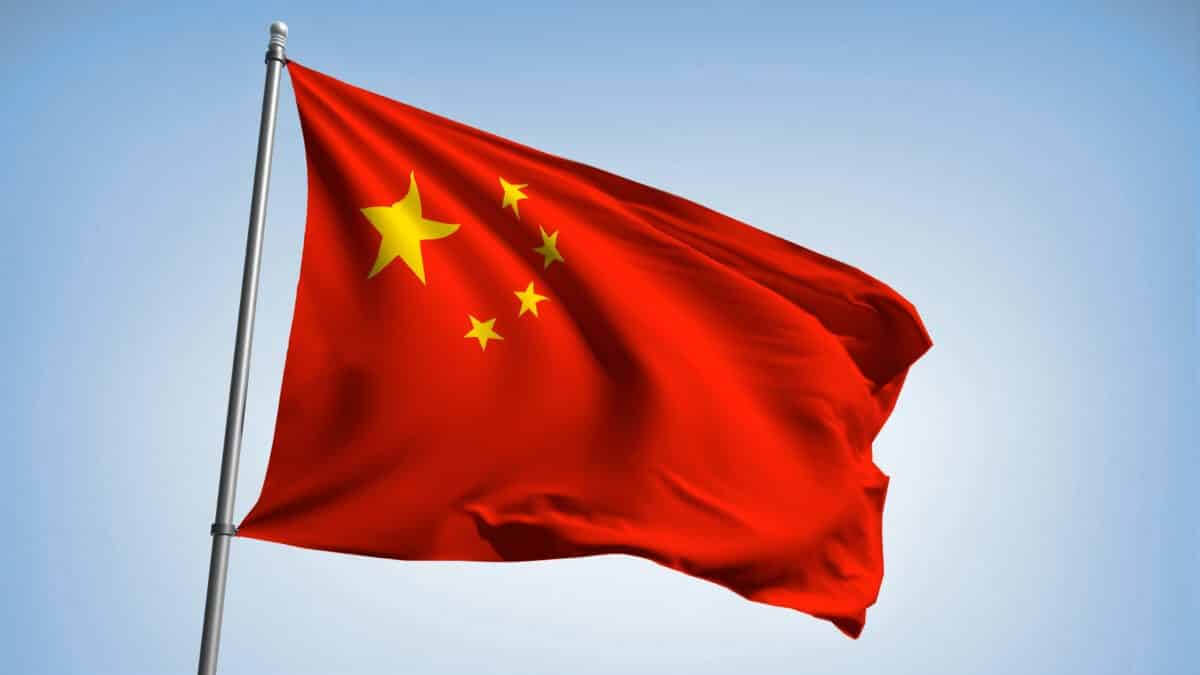
China’s April Economic Slowdown: PMI Drops to 50.4
Quick Look:
- Economic Slowdown: China’s manufacturing and services sectors show signs of deceleration in April, with manufacturing PMI at 50.4 and services at 50.3;
- Challenging Conditions: Export orders and employment are down, signalling uncertainty in global markets and internal restructuring;
- Policy Readiness: China’s policymakers are prepared to use tools like RRR and interest rate adjustments to stabilise and stimulate the economy.
April’s economic indicators bring a sobering pulse check for China, the world’s second-largest economy. The National Bureau of Statistics (NBS) recently disclosed signs of deceleration in both the manufacturing and services sectors. This suggests a potential loss of momentum as the second quarter of 2024 begins. Despite a robust start to the year, the variability in recent data highlights significant hurdles. Consequently, policymakers must navigate these challenges, tempering the immediate need for augmented stimulus measures.
China’s Manufacturing Sector
The manufacturing sector, often seen as a barometer for broader economic health, registered a slight retreat in its expansion pace. The NBS manufacturing Purchasing Managers’ Index (PMI) fell to 50.4 in April from 50.8 in March, indicating growth but at a slower rate. Crucially, while the figure remains above the critical 50-point mark—separating expansion from contraction—it aligns only marginally above the median forecast of 50.3.
The cooling off is particularly visible in new export orders and employment metrics. New export orders have grown at a much-reduced pace, and employment within the sector continues to shrink. This trend reflects ongoing uncertainties in global markets and internal economic restructuring efforts. Meanwhile, this deceleration is echoed by the private Caixin survey. Although slightly more optimistic, the survey underscores a divergent perspective, possibly due to its focus on smaller, export-driven businesses.
Services Sector Faces Sharp Slowdown
April’s more pronounced slowdown was evident in the services sector, which plunged to its weakest expansion pace since January. The services sub-index under the NBS non-manufacturing survey tumbled to 50.3 from 52.4 in the previous month. This sector, encompassing diverse activities, including catering, capital market services, and real estate, has seen multiple components slide into contraction territory.
This sectoral cooldown aligns with broader indicators of reduced business activity and hints at underlying weaknesses that could hamper efforts to sustain a strong economic rebound. Particularly concerning is the significant impact on industries like property, which continues to grapple with a prolonged downturn.
Policy Responses and Long-Term Outlook
In response to these emerging challenges, China’s top decision-makers have signalled their readiness to deploy a range of policy tools to stabilise the economy. Specifically, the Politburo, a pivotal decision-making body, has reiterated the potential use of instruments. These include the banks’ reserve requirement ratio (RRR) and interest rate adjustments aimed at propping up economic growth. Additionally, discussions at the upcoming third plenum are expected to focus on deepening reforms and fostering modernisation across various sectors.
However, the backdrop of persistent global economic pressures complicates these efforts. This includes ongoing trade tensions and tepid demand from key international markets. Moreover, structural issues, such as the extended slump in the property market and burgeoning local government debt, cast long shadows over the economic landscape.
Despite an encouraging first-quarter GDP performance, the ongoing variability in key economic indicators underlines the precariousness of China’s recovery path. With a GDP growth target set at around 5.0% for 2024, achieving this goal will require a balanced approach between stimulating demand and managing supply and a nuanced understanding of domestic and global economic dynamics.
The post China’s April Economic Slowdown: PMI Drops to 50.4 appeared first on FinanceBrokerage.

